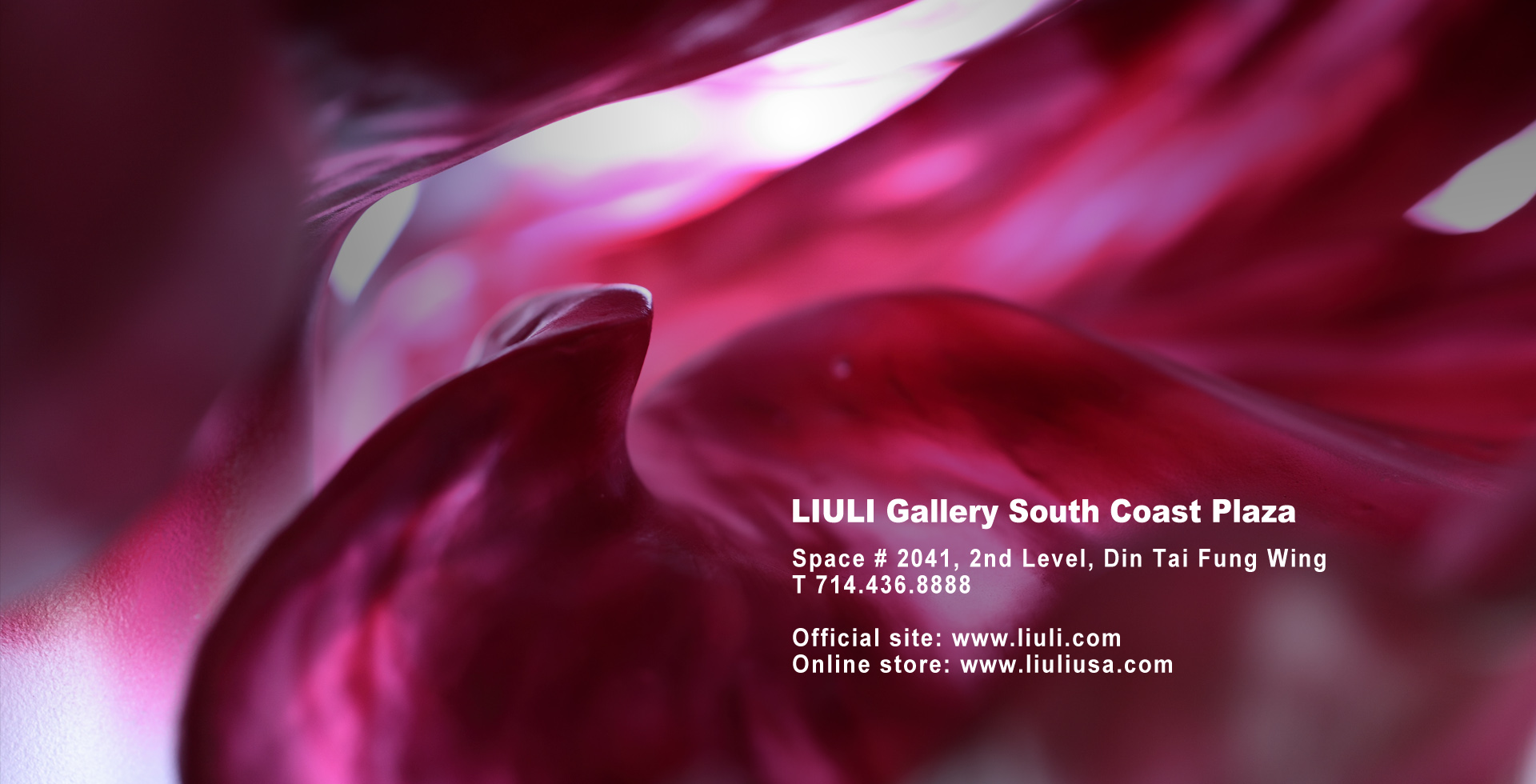

Between Yang's films and liuli art, it is difficult to say which I admire most.
But one thing is clear - everything she touches becomes timeless.
Andrew Brewerton
Prominent glass critic
From critically acclaimed actress to master of liuli, Loretta H. Yang’s legacy has been honed across the last three decades.
A single liuli flower, monumental and unrestrained; a liuli Buddha, emanating chan; both forged from within a relentless 1,400C. With overflowing passion and profound philosophical understanding, Yang defines the new aesthetic for eastern liuli and in doing so, revived this thousands of years old lost art for it to shine once again on the world stage.
三十年,從一個表演藝術巔峰到另一個琉璃藝術高峰,楊惠姍用琉璃寫下她的傳奇。
巨大恣意綻放的琉璃花,充滿禪意的東方琉璃佛像,在攝氏1400度的淬煉下,楊惠姍以充沛的情感,和深刻人文哲學思想,展現東方的琉璃新美學。
中斷千年的琉璃技藝,因為楊惠姍,再一次閃耀國際舞台。
Goodbye Movie, Hello LIULI
From the glamorous world of cinema to the quiet serene universe of crystal glass, Chang Yi and Loretta Yang have come a long way to become world renowned artists of Liuli. Liuli, a compound word created from the characters liu (琉, precious stone) and li (璃, glass), is the Chinese word for glass or crystal art.
In the 1987s, Chang Yi and Loretta Yang were household names in Chinese language cinema. Chang Yi was an award winning director who molded indelible images on the screen. It was the time of the tumultuous New Taiwan Cinema. He soon won the accolades to become leaders of the movement which includes masters like Hou Hsiao Hsien and Edward Yang. His muse, Loretta Yang is a talented actress, having won various awards locally and internationally.
But in a glitter world of vanity and fame, the couple were desperate to get in touch with the inner creative impulse which could spare them from the hustle bustle of the movie world. They realized that they could do so when they found Liuli. The transparent and immaculate nature of glass somehow appeal to their troubled minds that craved for peace.
In 1987, to everyone's surprise, at the peak of their film careers, the two took off in a whole new direction for Liuli. They financed 5 million dollars for the glass workshop. Over 31 years, after debts, frustrations, sweat, bruises and various bruises, they build a brand of LIULI and became the foremost glass artists in Asia.
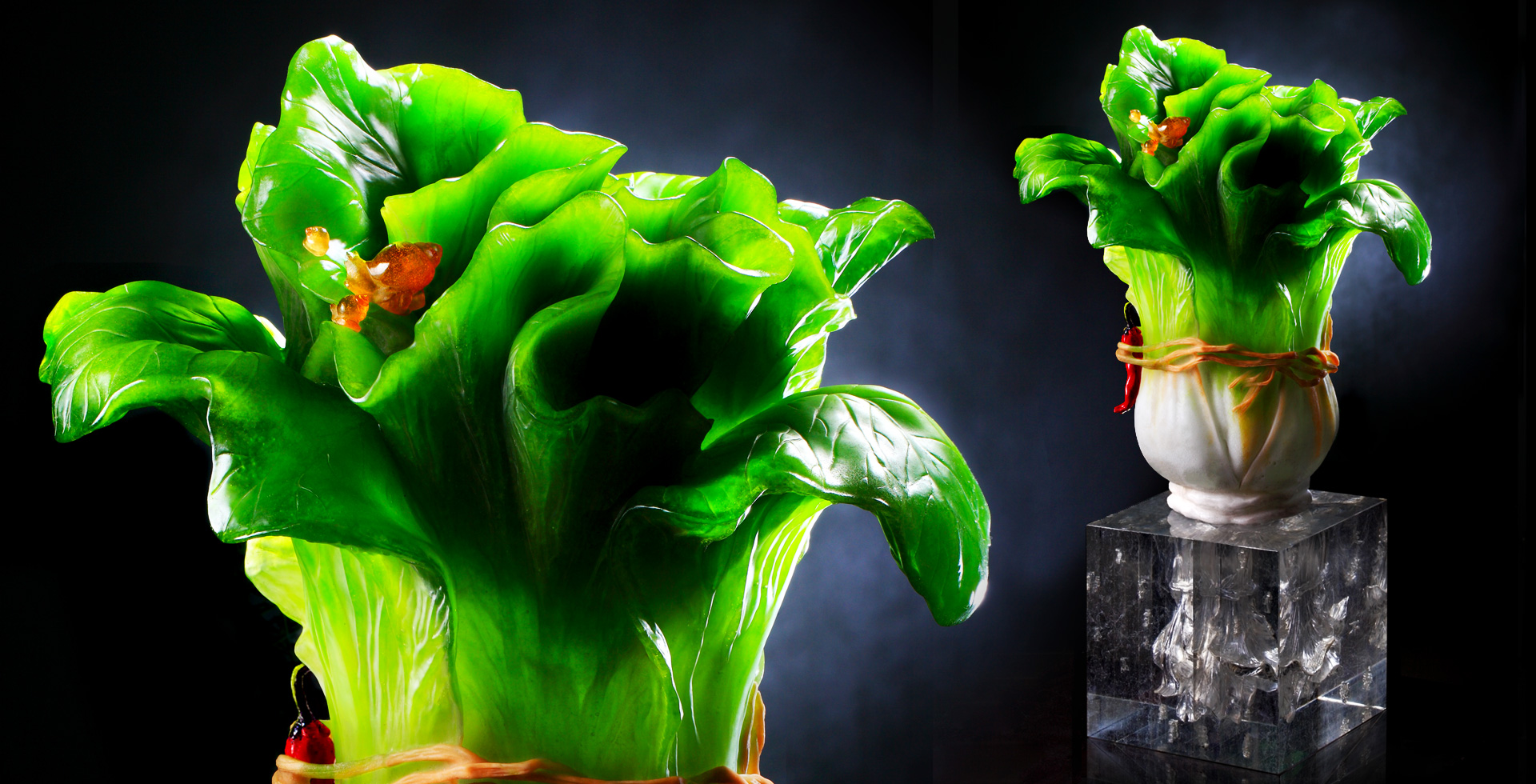
Discovering the Soul of their Works
Aside from refining their techniques, Chang and Yang also contemplate the core of their artwork. They observe that Chinese have a unique way of looking into the essence of certain material. There is an old Chinese saying about the glass: Floating clouds are bound to drift apart, as glass would break easily.
For them, it corresponds with the Buddhist belief in impermanence. Nothing is permanent. Life is of shifting, ever-changing nature. As devoted Buddhists, Chang and Yang incorporate this belief into their works. They also perceive glass as ideal objects for their inner thoughts. Loretta Yang said: May the moment come when I attain enlightenment that my body, my soul, my spirit becomes like crystal. Pure. Transparent. Flawless.
After several decades of soul searching in their art, they hope people can detect the rich humanistic spirit emanating from them and share the enlightenment they received and hope to impart.
探索作品裡的靈魂
除了不斷摸索新的創作方式,張毅和楊惠姍更重視藝術的核心本質。他們觀察到,東方以一種獨特的視角來看待琉璃這材質,古時就有這麼一句話:彩雲易散琉璃脆。
對於兩位來說,琉璃貼近佛教思想裡的「無常」。無常,沒有什麼是永恆的,生活是不斷變化的,作為虔敬的佛教徒,張毅和楊惠姍將「無常」融入創作中,並將琉璃的澄澈,視為一生的學習。楊惠姍曾說:願我來世,得菩提時,身如琉璃,內外明澈。
三十一年來不間斷的塑佛,楊惠姍希望大眾能從藉由這些作品,領略東方豐沛的人文思想,並讓這些思考,不斷地擴散影響給更多的人。
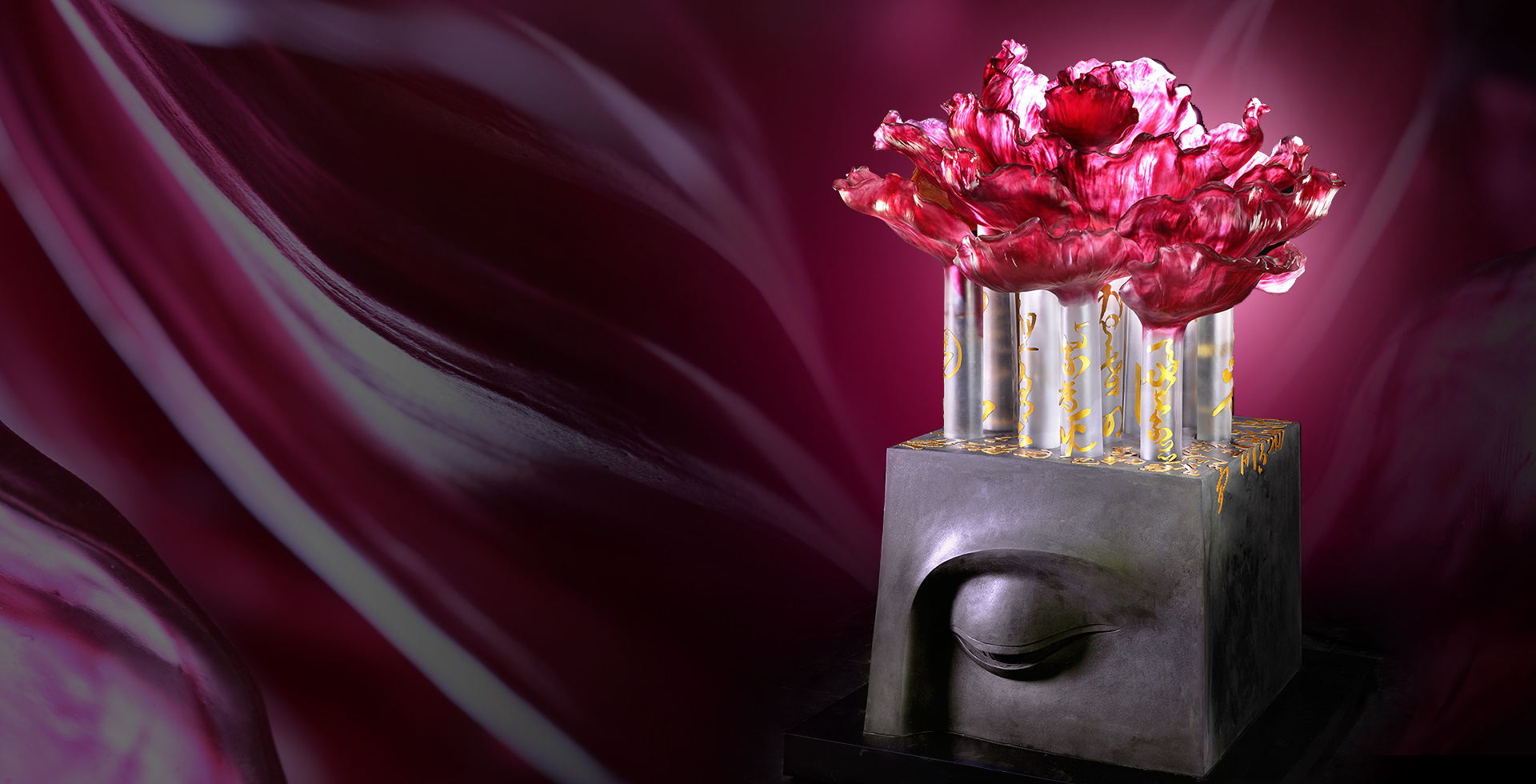
Delivered to Great Love
The heart is a field upon which I sow altruism across every inch.
Every facet,every ray of light, in mutual embrace.
A world in bloom delivers great love.
The sculpture was finished early 2019.
Each pillar represents a different lifetime; each petal represents an awakening.
The light of consciousness is born from the heart and travels through liuli pillars to illuminate the petals. Layer upon layer, mutually supportive, it shines radiance across the sky.
The artist believes that an enlightened life opens the door to a beautiful existence. If everyone could understand that we are one with heaven and earth, then we will be able to recognize the brilliance in every person, mountain, leaf, cloud and stream.
共生大愛
心 是一畝田 每一寸 種無我無私
一個一個微小 一束一束的光
彼此擁抱 擁抱彼此
人間綻放 共生大愛
2019年初,
這件罕見的大體量的琉璃藝術作品完成。
每一根柱子都是不同的人生,每一支花瓣都是對生命的覺悟,而代表「覺悟」的光,穿過琉璃柱,映射到花瓣上,層層疊疊,竟成為了漫天的絢爛。
在藝術家的心中,生命的覺醒,開啟天地的美好,若人人都能明瞭,天地與我本是一體,
眼前一個人,一座山,一片樹葉,一抹白雲,一條小河,何處不絢麗?
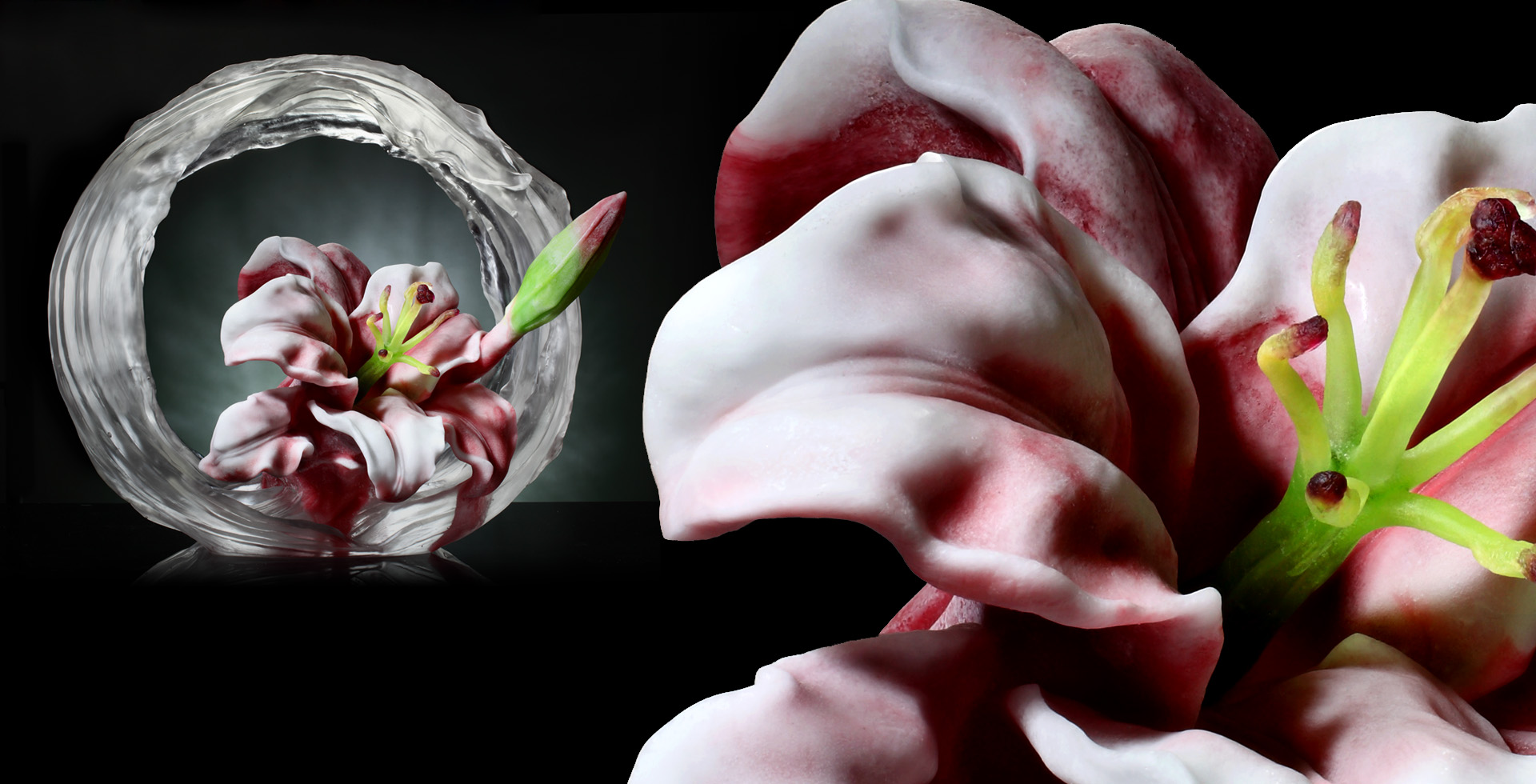
Each and every flower is an inquiry into life
The flowers created by Yang explore the mysteries of life through LIULI. A Chinese LIULI Flower breaks through the confines of sculpture and color. A large flower blossoms in brilliance, proposing a statement on the life condition; the folds and undulation of the stems and leaves illustrates the laws of nature. Layers of colors produced through the Color Placement technique generate naturalistic and colorful blooms as the re-firing technique used for the flower, stem and leaves pay homage to the return to nature.
For Loretta Yang, each and every flower is an inquiry into life. A moment of bloom, enduring beauty. Subtle, unspoken, rumblings of a persistent flourishing. Such is the flower, such is life. Since the beginning of LIULI, the lifelike representation of Loretta Yang’s flower creations have expressed a constant life philosophy through Liuli. The flowers within the designs present themselves in no lesser than five tones within a color. Mysterious and alluring, the use and transformation of color recalls the strokes in ink and wash landscape paintings of the Song Dynasty.
With incredible patience and a remarkable understanding of the intricacies of nature, the artist manipulates layers of color to showcase flower petals that recall the ambience of ink and wash landscape paintings of the Song Dynasty. Uniting the form and philosophy of Eastern aesthetics through design, this is the new color of Chinese Liuli.
每一朵花,都是對生命的探詢
藝術家楊惠姍創作的花,是用琉璃的材質,一次次探詢生命的奧義。
「一朵中國琉璃花」系列突破雕塑與色彩的束縛,碩大的花朵極致綻放,呈現一種生命狀態的思考;莖葉的褶皺起伏,是「道法自然」的命題表達。粉燒定色使得色彩層層暈染,花朵顏色逼近真實。花與莖葉兩次燒製的接駁技法,是對於自然狀態的還原。對楊惠姍而言,每一朵花都是對生命的探詢,片刻乍現換來絕美永恆,柔和含蓄,醞釀頑強綻放。花如此,人生亦如此。
創作上,楊惠姍設計的花不僅是臨摹仿生,每件作品中的花,至少呈現5種顏色,在同一色系之下,卻充滿神秘而誘人的漸變。色彩的過渡,更植入宋人大山水的潑墨畫筆。
藝術家以無法想像的耐心和對自然細緻入微的觀察,在花瓣上,層層暈染開來的色彩,彷佛宋代山水畫的格局。在作品中完成東方美學形與意的統一,再一次定調中國琉璃的新顏色。
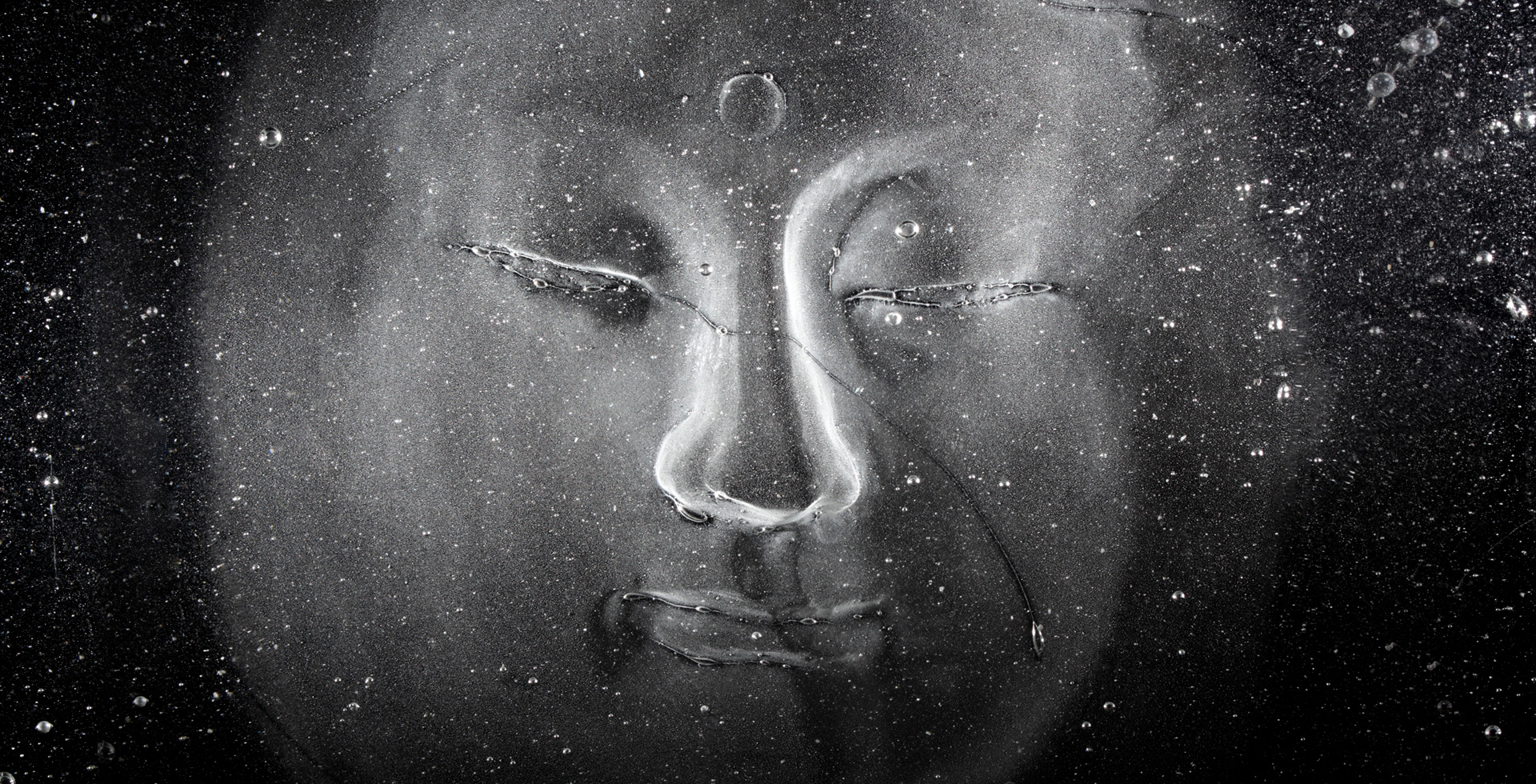
Formless, But Not Without Form
Embrace All, Make Amends with Yourself
Images of Buddha exist
because of human suffering.
Why does human suffering exist?
I believe it is because of attachment.
If I can not find the way to break free from attachment,
I will never know tranquility and peace.
- Loretta H. Yang
Ultimately, the meaning of buddha is to become enlightened to impermanence and the void within the cycle of all things. The void is not nihility, nor is it having nothing. Rather, it is enlightenment that stems from wisdom. This generates the ability to understand that every minute, every second, is to be treasured.
These pieces reflect a common thread of unrest running through the world today. These weighty philosophical ponderings on life must be recognized and understood.
- Serge Nicole, President of Atelier d’Art de France
無相無無相
擁抱一切,與自己和好
佛像基本的存在 是因為人類的苦
人的生命為什麼苦,我想是因為那個執,
我執,如果沒有辦法擺脫,
永遠尋找不到那個寧靜與平和
─ 楊惠姍
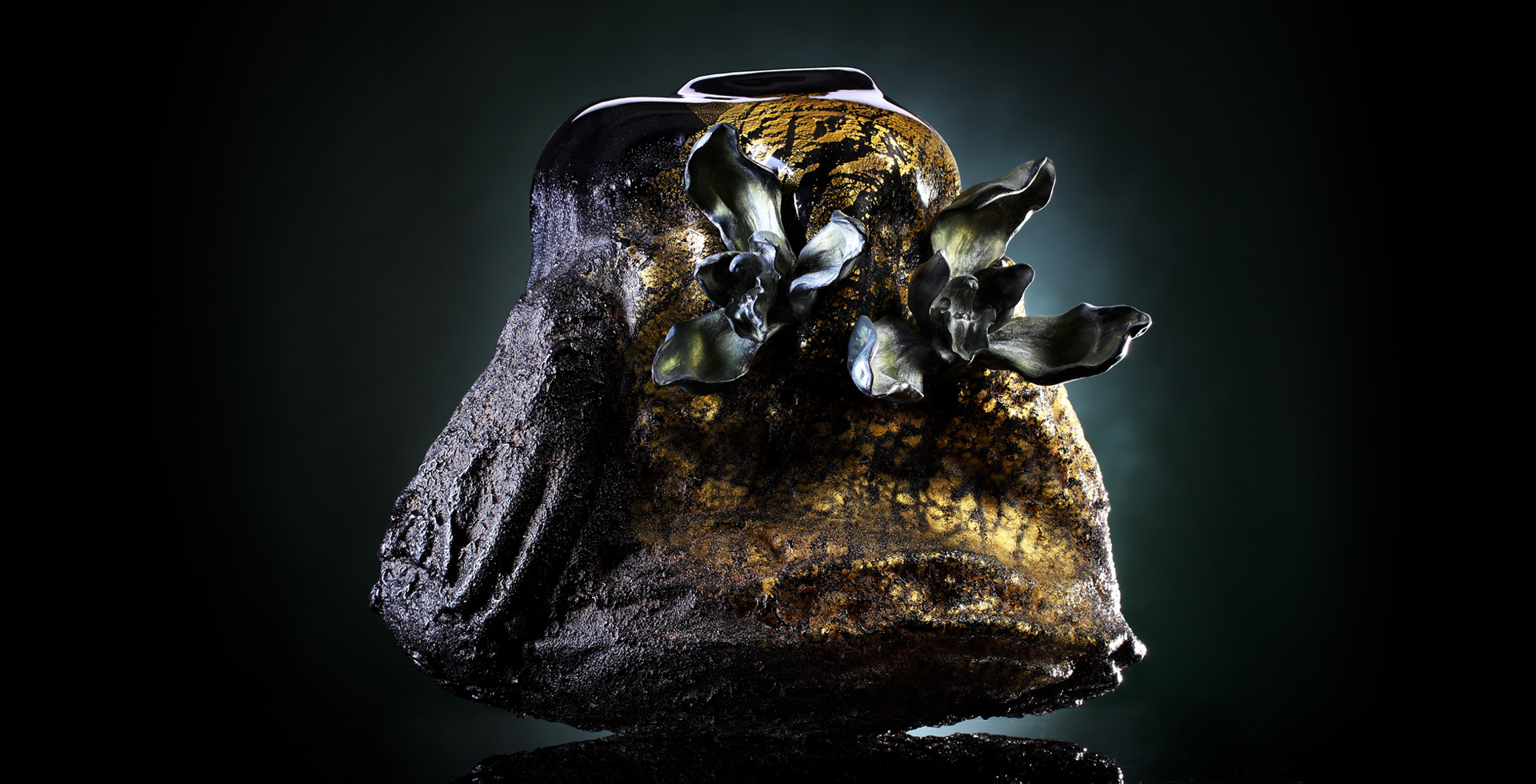
A Realm of Zen within Fire
Chang Yi’s work is uninhibited, free-spirited and rich with human emotion. Unconstrained, his sculptures reflect independence and arbitrariness. Yet he listens to the material and allows it to dictate its own path. Call it willful, call it in the moment.
Chang Yi embedded a cast flower within a sand mold. He then applied glass-blowing to the mold and at the same time, combined the flower with the body of the vase. This gave LIULI the freedom to form in the most natural state. From instability comes an unaffected Zen life philosophy.
Each piece is like a person in the deep meditative state of Zen, existing as one pleases and pleased under any circumstance.
A fire burns from within,
Sweat dances across flickering flame,
Life illuminated by willpower.
Smelting,
A flower born from fire,
Suddenly –
Serene,
Zen.
張毅的創作語言,向來隨意,自在,卻充滿人的情感。他希望不要讓作品拘束,像是一個人,隨心所欲,愛長什麼樣,就長什麼樣;琉璃想發展成什麼,就讓它走到那裡。
其實說是隨意,不如說,是當下。
張毅的琉璃花朵,在沙模中預先埋入脫蠟花朵,直接在沙模中吹制花瓶,同時接合花朵與瓶身,讓琉璃漿按照自己的意志,自由、奔放,凝結成最自然的狀態,在充滿不定性中,展現了隨性、不受拘束的生命禪意。
每一件作品,如同禪定而坐冥想的人,隨心所欲,無入而不自的。
